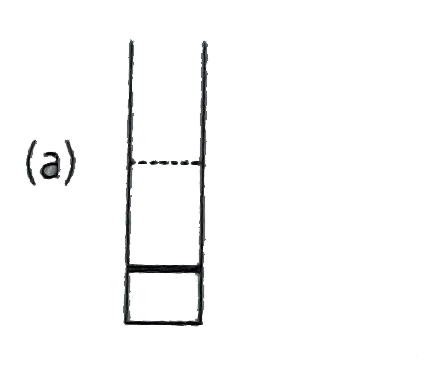The isotope used by Meselson and Stahl in their experiment was
O18
C14
H3
N15
The correct Answer is:D
Step-by-Step Solution
1. Understanding the Context: The question pertains to the experiment conducted by Meselson and Stahl in 1958, which demonstrated the semi-conservative nature of DNA replication.
2. Identifying the Isotopes Used: In their experiment, Meselson and Stahl used two isotopes of nitrogen: Nitrogen-14 (N14) and Nitrogen-15 (N15).
3. Role of Isotopes: N14 is a common, non-radioactive isotope of nitrogen, while N15 is a heavier, stable isotope that can be used to trace the DNA strands during replication.
4. Experimental Design: They grew bacteria in a medium containing N15, allowing the bacteria to incorporate this heavier isotope into their DNA. After several generations, they then switched the bacteria to a medium containing only N14.
5. Results of the Experiment: After the DNA replication process, the resulting DNA strands were analyzed. The DNA consisted of one strand with N15 (the parental strand) and one strand with N14 (the newly synthesized strand), confirming the semi-conservative model of DNA replication.
6. Conclusion: Thus, the isotope used by Meselson and Stahl in their experiment was N15.
Final Answer
The isotope used by Meselson and Stahl in their experiment was N15.
---
The isotope used by Meselson and Stahl in their experiment was N15.
Similar Questions
Knowledge Check
The isotopes used by Hershey and Chase
A.59Ironand.45NitrogenB.131Iodienand.45CalciumC.15Nitrogenand.14CarbonD.35Sulphurand.32PhosphorusThe semi-conservative nature of DNA replication was established by Meselson and Stahl in their classic experiment with bacteria. They grew bacteria in N15−NH4CI containing medium with N14 - containing compounds and allowed to grow for three generation . CsCI density gradient centrifugation of isolated DNA established the nature of semiconservation DNA replication. The pictorial representation below shows the positon of differentially labeled DNA in CsCI density gradient.

Had the DNA replication been conservative, what would have been the pattern ?A B
B C
C D
D
Name the heavy isotope used by Meselson and Stahl for proving the semiconservative mode of DNA.
A15NH4CIB14NH3CI2C13NH2CI2DAll of these
Answer the following questions based on Meselson and Stahl s experiment: (a) Write the name of the chemical substance used as a source of nitrogen in the experiment by them. (b) Why did the scientists synthesise the light and the heavy DNA molecules In the organism used in the experiment ? (c) How did the scientists make it possible to distinguish the heavy DNA molecule from the light DNA molecule ? Explain. ((1) Write the conclusion the scientists arrived at after completing the experiment.
View Solution(a) What did Meselson and Stahl observe when :
(i) They cultured E. coli in a medium containing 15NH4Cl for a few generations and centrifuged the content
(ii) They transferred one such bacterium to the normal medium of NH4CI and cultured for 2 generations
(iii) What did Meselson and Stahl conclude from this experiment ? Explain with the help of diagram.
(iv) Which is the first genetic material ? Give reasons in support of your answer.
View Solution“Use of heavy isotope of nitrogen by Meselson and Stahl demonstrated semi-conservative mode of replication of a DNA molecule.” Explain how did they arrive at this conclusion.
View SolutionWhat did Meselson and Stahl observe when
They cultured E. coli in a medium containing 15Nh4CL for a few generations and centrifuged the content?
they transferred one such bacterium to the normal medium of NH4Cl and cultured for 2 genretion ?
What did Meselson and Stahl conclude from this experiment? Explain With the help of diagram
Which is the first geretic material? Give reasons in support of your answer.
View SolutionTo prove that DNA is the genetic material, which radioactive isotopes were used by Hershey and Chase (1952) in their experiments?
View Solution
